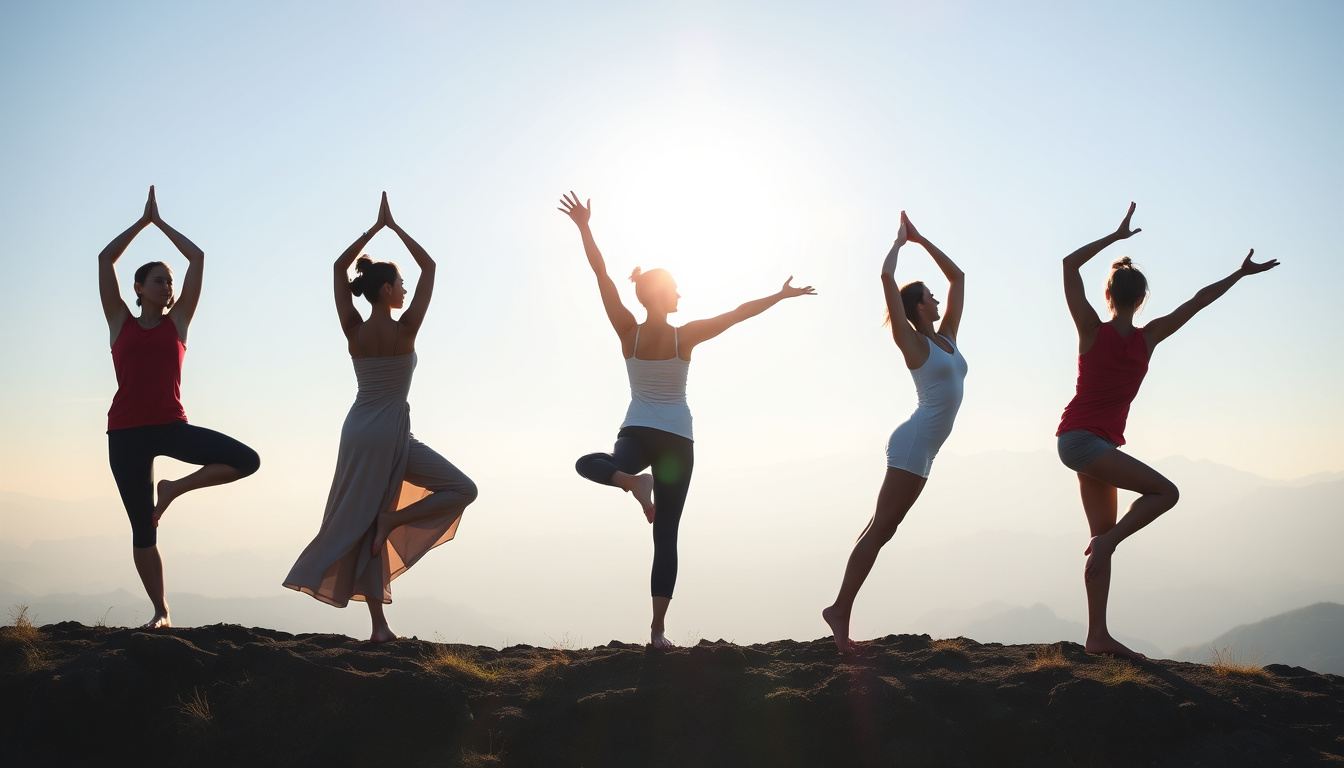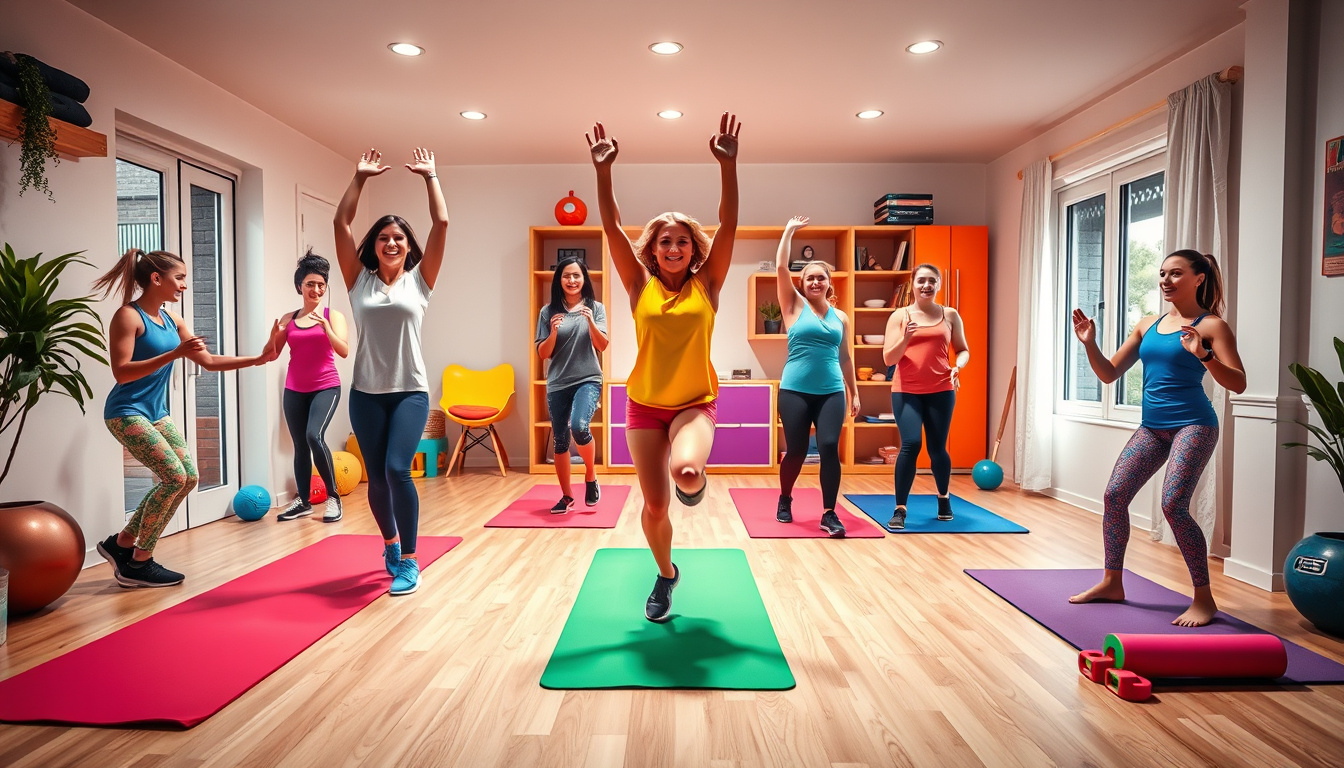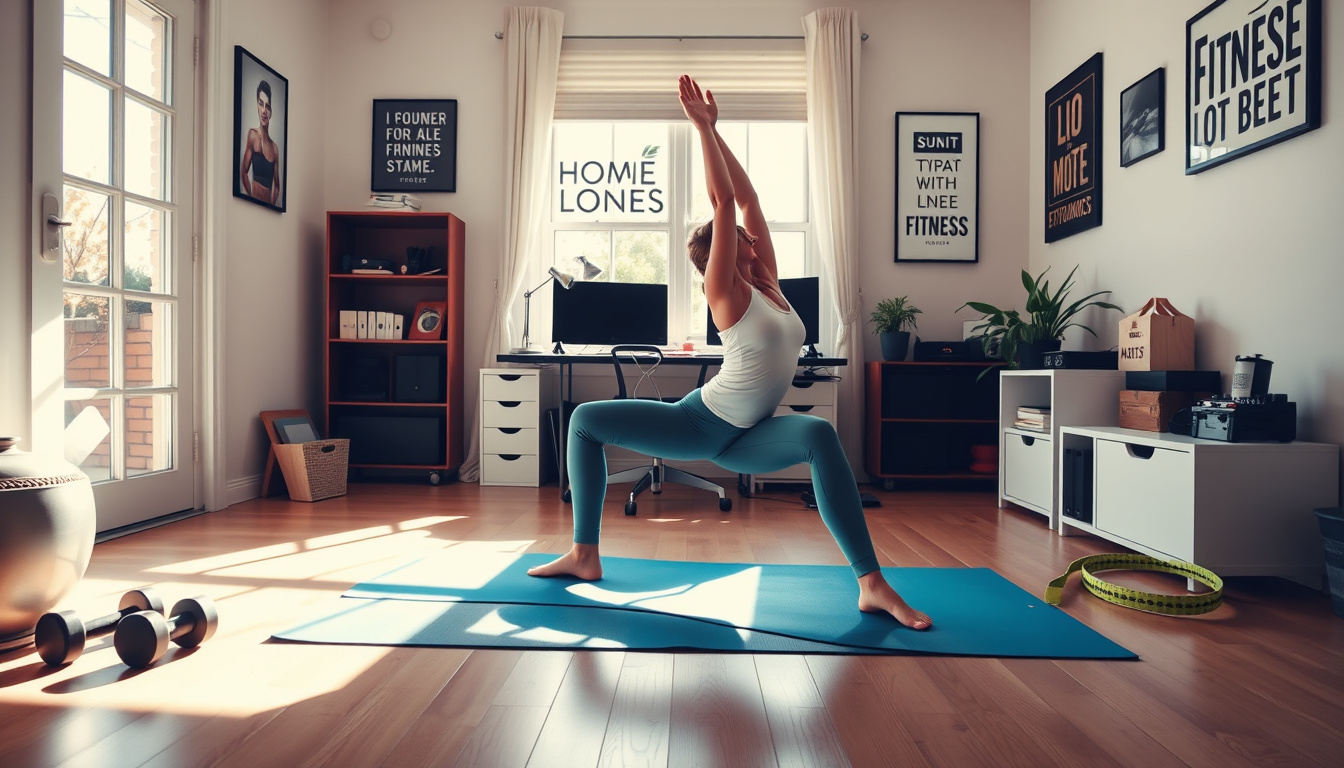Flexibility is a key part of overall fitness. It helps us move through daily tasks and lowers the chance of injury. If you are an athlete, a fitness fan, or someone who wants more movement with age, using proper stretching methods can boost your flexibility. In this article, we study several stretching methods, their gains, and how to add them to your routine for the best results.
Why Is Stretching Important for Flexibility?
Stretching means lengthening muscles and widening joints. Regular stretching builds flexibility and gives you these benefits:
- Better muscle work
- Less muscle tightness
- Improved posture
- Good blood flow
- Lower risk of harm
With steady stretching sessions, you can raise your mobility and overall health.
Types of Stretching Techniques for Flexibility
Knowing different stretching methods helps you target muscles in a focused way. Here are the main techniques:
1. Static Stretching
What it is: You hold a stretch in a steady position for 15-60 seconds.
When to do it: After a workout or during the cool-down phase.
Gains: It builds flexibility, calms muscles, and lets go of tension.
Example: Bending to touch your toes to stretch your hamstrings.
2. Dynamic Stretching
What it is: You move actively through the range of motion in a controlled way.
When to do it: Before a workout to warm up.
Gains: It increases blood flow, warms the muscles, and improves movement.
Example: Leg swings, arm circles, or walking lunges.
3. PNF Stretching (Proprioceptive Neuromuscular Facilitation)
What it is: You mix a passive stretch with a muscle contraction to get more range.
When to do it: With help or guidance, often after a workout.
Gains: It increases flexibility and range of motion by a large amount.
Example: A partner helps you push your hamstrings while you contract them.
4. Active Stretching
What it is: You hold a stretch using the strength of one muscle group to pull its opposite.
Gains: It builds active flexibility, strength, and balance.
Example: Lifting a leg and holding it in the air.
How to Add Stretching into Your Routine
Getting better flexibility needs steady work and good form. Here is how to begin:
1. Warm Up Before Stretching
Start with light cardio—like a brisk walk or light jog—to warm your muscles. Warm muscles stretch better and lower injury risks.
2. Focus on Major Muscle Groups
Stretch the muscles that work hard or feel tight. These include your hamstrings, quadriceps, hip flexors, calves, shoulders, and back.
3. Follow a Balanced Routine
Include all four types of stretching during your training week so that your flexibility grows well.
4. Listen to Your Body
Do not stretch until you feel pain. A small amount of tension is normal. Pain can mean you are stretching too far.
5. Be Consistent
Practice stretching at least 3-5 times each week to see clear gains.
Sample Stretching Routine for Flexibility
Below is a simple weekly plan to get started:
| Day | Routine Focus | Duration/Details |
|---|---|---|
| Monday | Static stretches for hamstrings and hip flexors | 3 sets of 30-second holds |
| Wednesday | Dynamic stretches before workout (leg swings, arm circles) | 10 minutes warm-up |
| Friday | PNF stretching for shoulders and back muscles | Guided session, if you can |
| Sunday | Active stretching for calves and quadriceps | 15 minutes during cool-down |
Take slow steps to stretch more and more. Increasing both time and effort slowly helps you avoid harm.
Tips for Effective Stretching to Improve Flexibility
- Consistency is key: Make stretching a daily habit.
- Hold your stretches: Longer holds (15-30 seconds) work better than quick pulls.
- Breathe slowly: Deep breaths help relax muscles and improve the stretch.
- Use props when needed: Blocks, straps, or cushions can help with the form.
- Stay well watered: Drinking enough water helps muscles stay loose.
Common Mistakes to Avoid
- Bouncing: Do not use jerky movements. Hold the stretch steadily.
- Ignoring pain: Do not push when a stretch hurts. Mild tension is fine.
- Skipping warm-up: Warming up is needed to protect your muscles.
- Being inconsistent: Irregular stretching will not give solid gains.
FAQ: Stretching for Flexibility
Q1: How long should I hold a stretch to improve my flexibility?
A: Hold static stretches for 15-30 seconds and do 2-3 repetitions. Longer holds over time build muscle length.
Q2: Can stretching boost flexibility for good?
A: With regular work over time, stretching can give lasting gains. Stop, though, and your flexibility may drop.
Q3: Is stretching safe for everyone?
A: For most, yes. Still, people with some injuries or health issues should talk to a doctor before starting.
Summary
Using proper stretching techniques in your fitness plan is a proven way to boost flexibility, improve movement, and cut the risk of injury. Knowing the main methods—static, dynamic, PNF, and active—lets you match your practice to your needs and fitness level. Warm up well, stick to your routine, and listen to your body as you stretch.
For those who want better movement and health, start today with a few minutes of focused stretching. In time, you may feel easier in daily tasks, hold a better posture, and see improved fitness. Try making stretching a needed part of your path to better flexibility and overall strength.
Sources:
- American Council on Exercise (ACE) provides clear guides on stretching methods and safety tips.
Start your flexibility journey now and notice the steady gains that come with good stretching methods!




